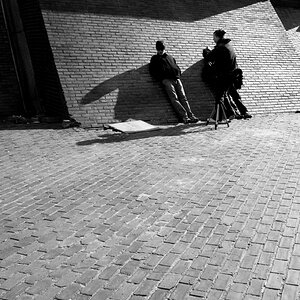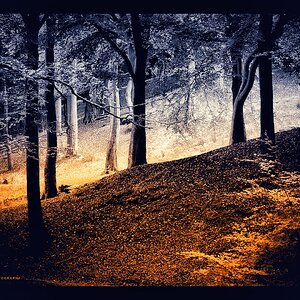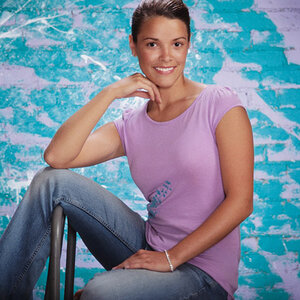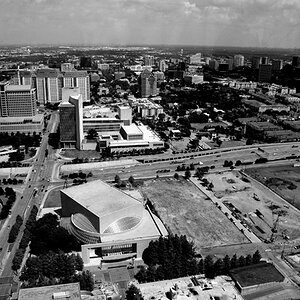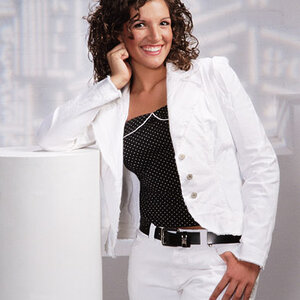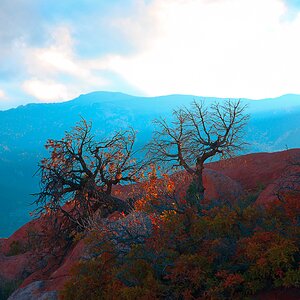Light Guru
Been spending a lot of time on here!
- Joined
- Apr 27, 2011
- Messages
- 3,403
- Reaction score
- 679
- Location
- Salt Lake City, UT
- Can others edit my Photos
- Photos NOT OK to edit
i also realize it doesn't look the same from display to display. drives me crazy.
thats where display calibration comes in.
you should also calibrate your scanner


